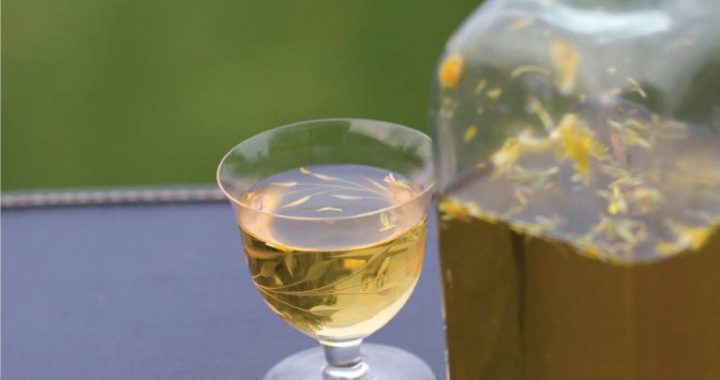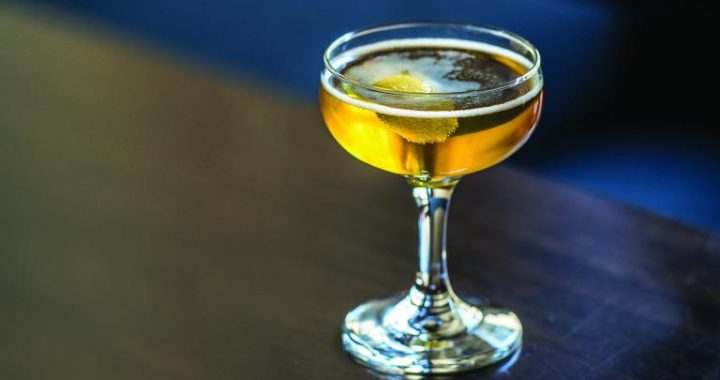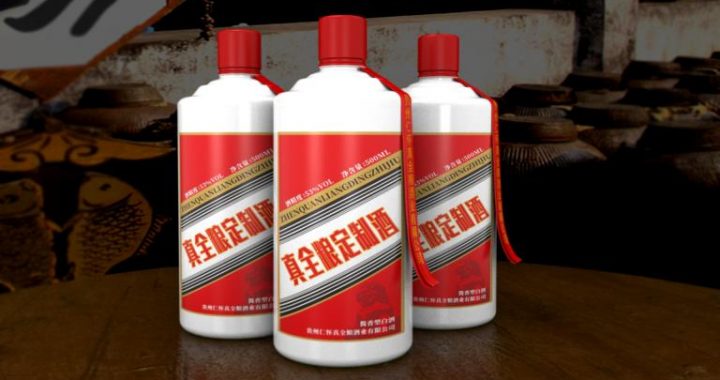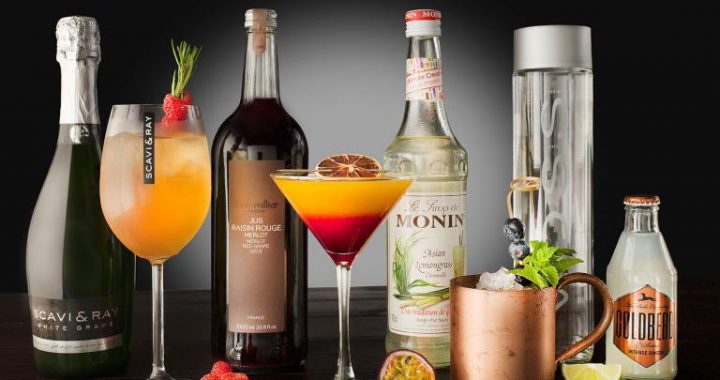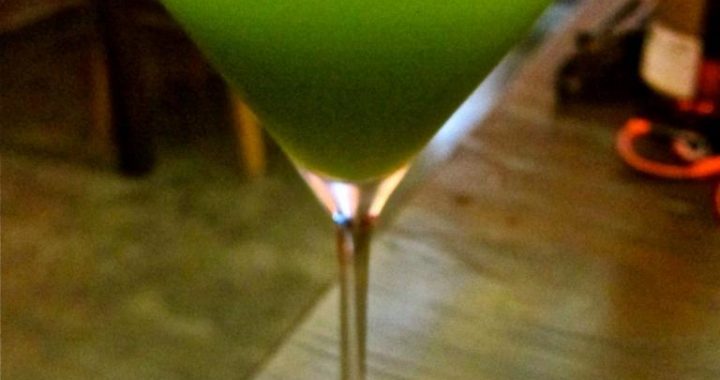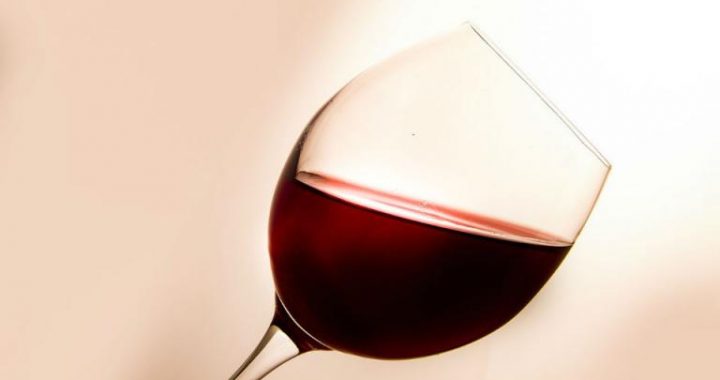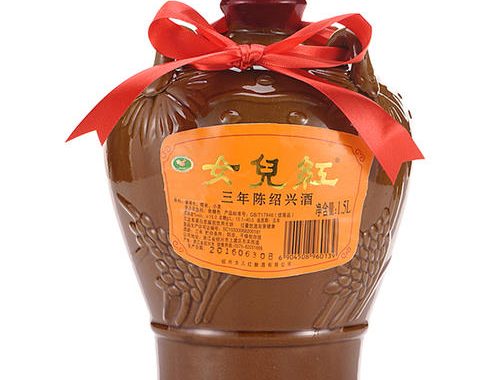Lacquer Wine Vessels
2 min readThe origin of lacquer vessels can be dated back to the Hemudu culture (5000 BC to 4500 BC). Lacquer vessels appeared at that time but were used mainly for food.
Though China’s lacquer techniques developed rapidly in the Xia, Shang and Zhou dynasties, no lacquer vessels specifically for drinking were developed. At that time bronze vessels were still being used. It was until the Spring-Autumn and Warring States Period with the decline of bronze that the function of lacquer wine vessels began to be reflected and valued. While it was from the Qin dynasty that lacquer wine vessels truly replaced bronze and prevailed for a time in the Han, Wei and Northern and Southern dynasties.
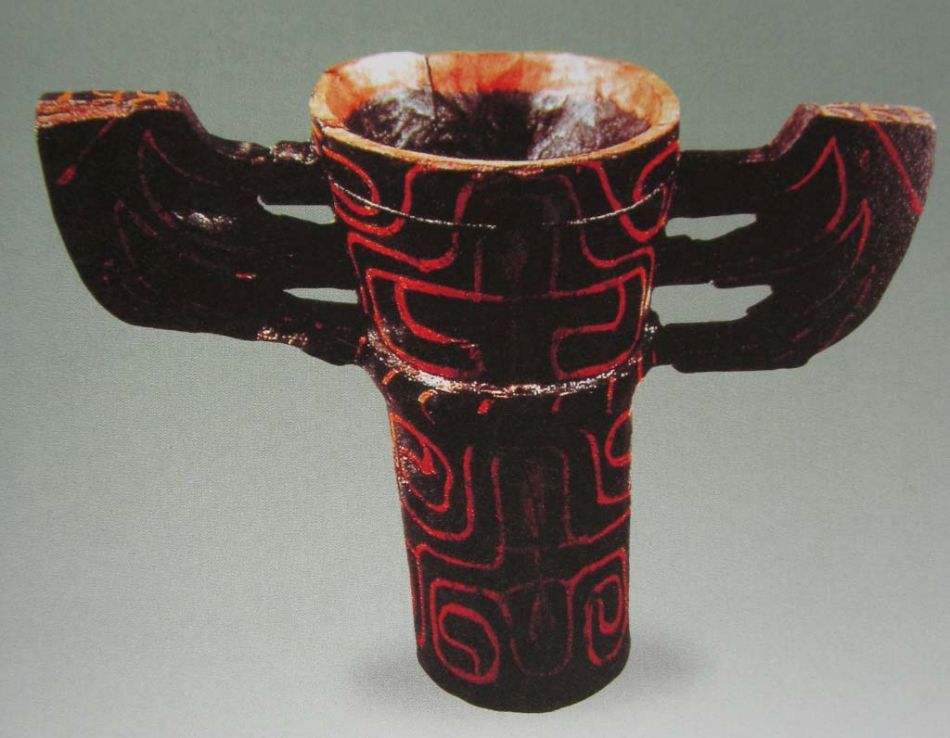
The widely used lacquer wine vessels, such as lacquer bowl, were used for drinking water and wine. In 1976, archeologists discovered in the site of Hemudu (located in Yuyao, Zhejiang) some wood-padded bowls made 7,000 years ago. They are oval in shape and painted with red colour, slightly displaying gloss. They are the earliest lacquer vessels found so far in China. The other important lacquer vessel is lacquer ladle, which appeared in the Warring States period, particularly in Chu state, and was widely used after the Han dynasty.
The utilization of lacquer marked the development of social productivity.
Usually, the wooden vessels were painted black outside and red inside, and flower patterns were portrayed, they looked grand and gracious. In addition, compared with heavy bronze vessels, they were moisture-proof, anticorrosive, light in weight and easy to clean. They were a step forward in wine vessels and remained popular for a long time. This can be proved by archeology materials, for instance,23 lacquer eared-cups were found in a tomb of the Qin dynasty at Shuihudi of Yumeng county, Hubei province; of the 74 lacquer items found in a tomb of the Han dynasty in Linyi.
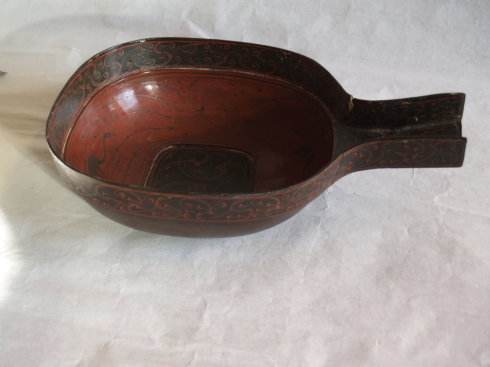
Shandong, there are 47 eared-cups, which account for 64% of the total, showing the popularity of lacquer wine vessels at that time.
The widely acceptance of lacquer wine vessels influenced increasingly Chinese ancient wine culture, which stimulated to some extent the writing passion of theliterati. In 1968,a mural engraved on brick called The Seven Sages of the Bamboo Grove(a fictitious group of Chinese Taoist Qingtan scholars, writers, and musicians) was excavated in a tomb of the Southern dynasty in Danyang, Jiangsu province. In the vivid mural one of the sages, the heavily-beared Shan Tao, is sitting on a mattress, with his legs bent at the knees and his feet naked, tasting wine with a lacquer eared-cup.
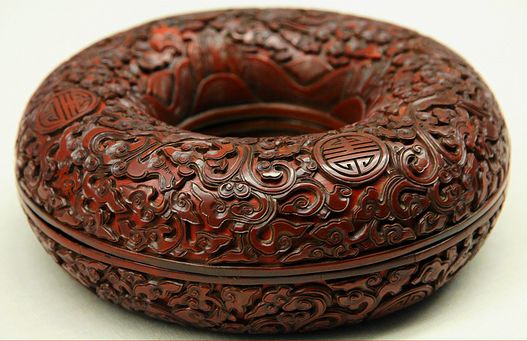
Because the making of lacquer wine vessels was complicated and time consuming, few people could afford them. In addition, these vessels were sensitive to salt, crab and water shield. Some people might be allergic after frequent contacts.
Therefore, lacquer vessels were replaced gradually by porcelain made in the Northern and Southern Dynasties.
